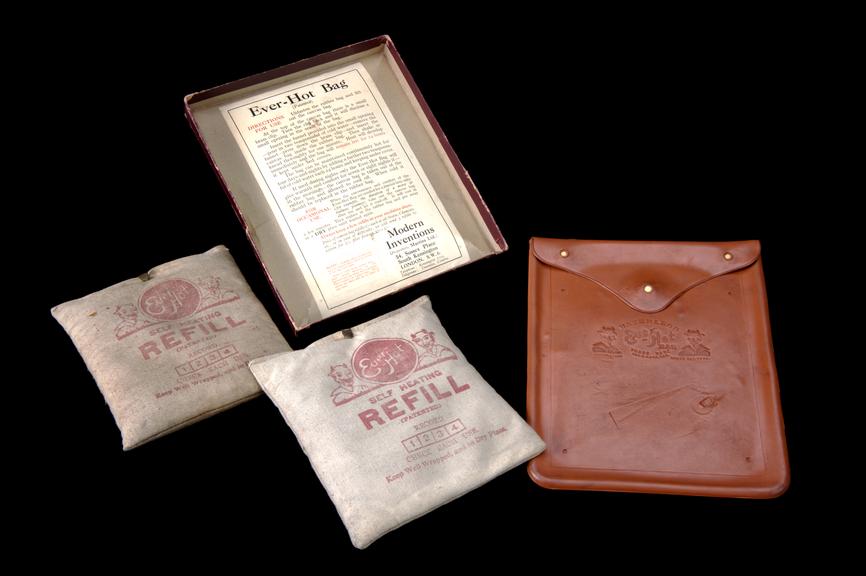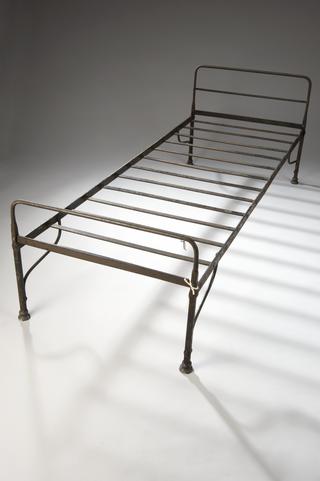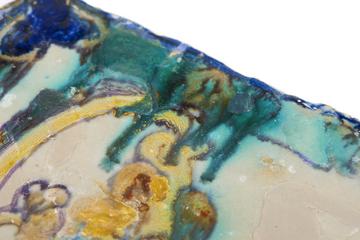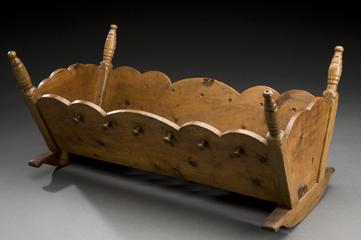

Bed warming bag, London, England, 1900-1925

Martin's waterless bed warming bag, English, 1900-1925
The makers of this novel device claimed it could provide constant heat and warmth for 24 hours. The canvas bags are filled with an ammonia compound which, when cold water is added, produce heat. The brass clips on the top of the bag were opened and two teaspoons of cold water were added through a funnel. The clips were then closed and the bag shaken for one minute. The canvas bag was then placed in the rubber bag. The ammonia compound probably smelt horrible. The bag was used to provide heat to a specific area of the body to relieve pain or to warm up beds. The devils on the packaging hint to the customer that the bag will stay hot and are probably an allusion to Hell!
Details
- Category:
- Nursing & Hospital Furnishings
- Collection:
- Sir Henry Wellcome's Museum Collection
- Object Number:
- A42106
- Measurements:
-
overall: 1.52kg
canvas bag: 17 mm x 138 mm x 153 mm, .64kg
rubber bag: 4 mm x 176 mm x 212 mm, .15kg
box: 23 mm x 179 mm x 217 mm, .09kg
- credit:
- Wellcome Trust (Purchased from Stevens)




